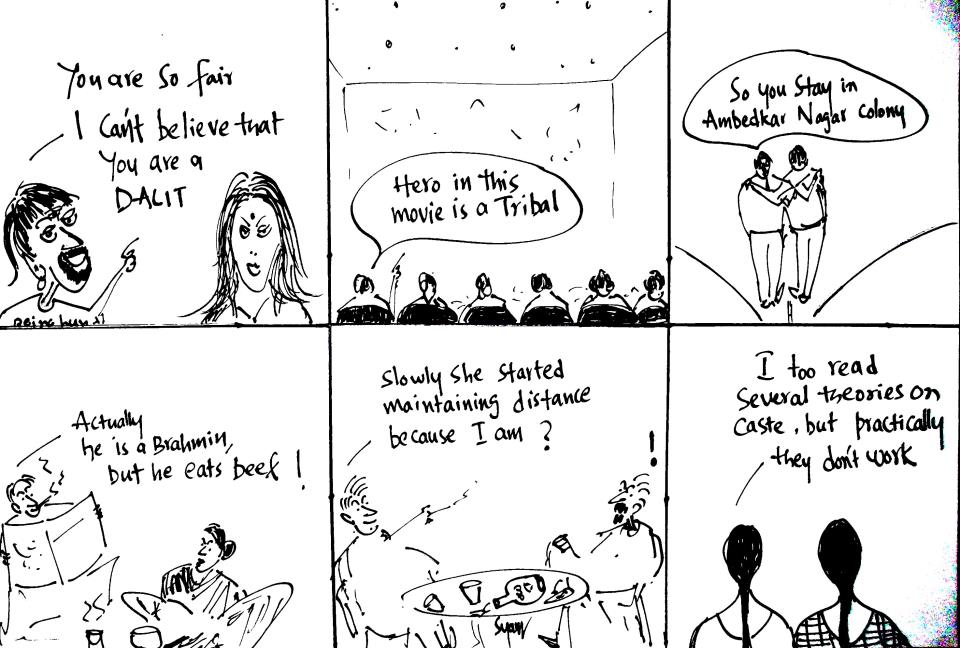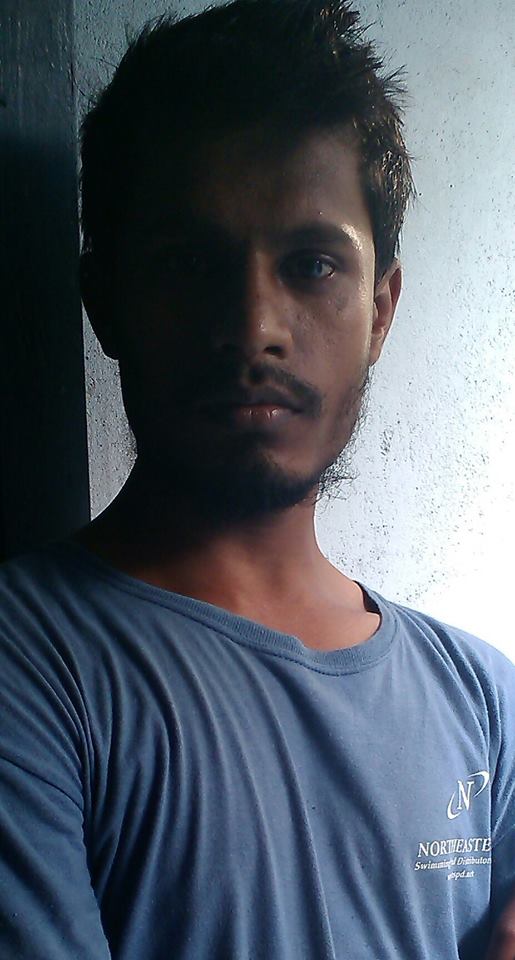Umar Nizar
 The Kerala People’s Arts Club (KPAC) has been at the forefront of the propagation of Marxist ideals in Kerala since its inception. This has taken the form of polemical plays such as Thoppil Bhasi’s `Ningal Enne Communistaakki’ (You Made me into a Communist) which later invited the reposte `Ningal Aare Communistaakki’ (Whom did you make a Communist) from Civic Chandran. Centered around the industrial belt of Alappuzha, once called the `Venice of the East’ the KPAC has been instrumental in creating a popular upsurge in favour of the mainstream communist party in Kerala in the wake of the `Punnapra Vayalar’ revolt where the republican peasants fought off feudal landlords and religious henchmen. This would later become legendary lore, in such a way that actors such as Lalitha still attach the moniker KPAC to their names.
The Kerala People’s Arts Club (KPAC) has been at the forefront of the propagation of Marxist ideals in Kerala since its inception. This has taken the form of polemical plays such as Thoppil Bhasi’s `Ningal Enne Communistaakki’ (You Made me into a Communist) which later invited the reposte `Ningal Aare Communistaakki’ (Whom did you make a Communist) from Civic Chandran. Centered around the industrial belt of Alappuzha, once called the `Venice of the East’ the KPAC has been instrumental in creating a popular upsurge in favour of the mainstream communist party in Kerala in the wake of the `Punnapra Vayalar’ revolt where the republican peasants fought off feudal landlords and religious henchmen. This would later become legendary lore, in such a way that actors such as Lalitha still attach the moniker KPAC to their names.
The subaltern masses of Central Travancore from where the KPAC originates had artforms such as `patayani’ which celebrated arboreal deities such as `chathan’, `marutha’, `isakki’, `chudalamadan’ etc. It is by demolishing these subaltern deites and invoking Brahminical Aryan deities that the much celebrated `Kerala model of enlightenment’ took shape. Sabarimala, an arboreal shrine is still in the eye of a storm.
The assembly of audience for such events as `patayani’ was transformed into a theatrical gathering and harnessed to the purpose of propagating Marxist-Leninist values of the KPAC. The primordial energies of a Saivaite Bhakti realm were tapped into inducing a `theatromania’ for the Dionysian God (Kulasekhara Alvar, an erstwhile ruler of Kerala, was one of the major figures of South Indian Bhakti tradition ). The theatre became thus the site not just of visibility, but also of transformation of the liturgical crowd. The individual was raised to the status of the `comrade’ through this liturgical process of the theatre.
The Dionysian hypermasculine realm thus established, became the a priori basis for the establishment of a modern, secular democratic communist regime in Kerala in 1956, under the leadership of EMS Namboodiripad. (The EMS Government was thrown out by the Centre’s use of Article 356, following statewide protests and violence orchestrated by the upper class feudal lords). Without this Dionysian upsurge, the powers of the erstwhile Brahminical forces would have been rendered obsolete. (These hypermasculine energies would later be tapped by the Malayalam film industry, which too had a studio system such as `Udaya’ surrounding business barons in the same Central Travancore belt). The apocryphal tale of Parasurama throwing his axe and thus forming Kerala, found a place in history textbooks. History was much used as well as abused, unlike the Hindi heartland, where historical uncertainties and alternative trajectories were tolerated, Kerala History came to acquire the lapidary crafting of a blinkered academic edifice.
The theatre became a democratic arena where age-old prejudices were laid to rest. The gound work had already been laid by stalwarts like Sahodaran Ayyappan, who organized mixed dining for all castes, and a new generation emeged imbibing these nutrients of reform and enlightenment. Theatre thus attained an aura of ritual purity. In this arena of affect, historical injustices were overcome. Theatre emerged as a site of debate and this later passed onto open fora in the numerous film festivals in the state, which had to be wound up owing to the excessive contestations involved therein. Paradoxically, this liturgical sovereignity that was passed onto the now literate masses would prop up an elite Brahminical establishment. Women were often part of the plays enacted as figures of revolution and rebellion, but were seldom included in the surging sphere of masculine jouissance surrounding the performance of the play itself. The sublatern classes were the main performers of `Patayani’. The topology of the caste edifice was transformed, but its deep structure was left intact.
The enlightenment in Kerala did not have an aesthetic locus. It was arid and linear sans visual and auditory coordinates. To this day the aesthetic realm in Kerala remains infertile in imagination despite the much hyped Biennale. Women and sublaterns were excluded from the liturgical threshold, which became a hypermasculine preserve. The ecosystem surrounding `Patayani’ (with female and Muslim valences) and its performative sensorial community were eradicated. The trancendental and earthly-immanent qualities of the politico-spiritual complex were channelised into the formation of ultra masculine revolutionary stereotypes. The Christian church with its confessional technologies remained inviolate. The KTM Theatre in Thrissur where the much hyped ITFoK (International Theatre Festival of Kerala) is held every year was named after KT Muhammed, a playwright with Marxist sympathies (Playgoers in their ignorance nowadays call it the Kartika Tirunal Memorial, after an old Travancore royal. Artists and theatre scholars from Kerala would visit IFTR conferences in Belgrade, Serbia of all places without any compunctions regarding Serbia’s recent genocidal past). Those who remained aloof were marked heretics. In the light of the later valorization of masculine hegemonic logic, this historical entanglement in the progressive space has to be critically examined.
~~~
Umar Nizar is a Research Scholar in JNU. His poems have been published in the Ibex Press Year’s Best Selection, Vayavya, MuseIndia, Culture Cafe journal of the British Library, and also broadcast by the All India Radio.










